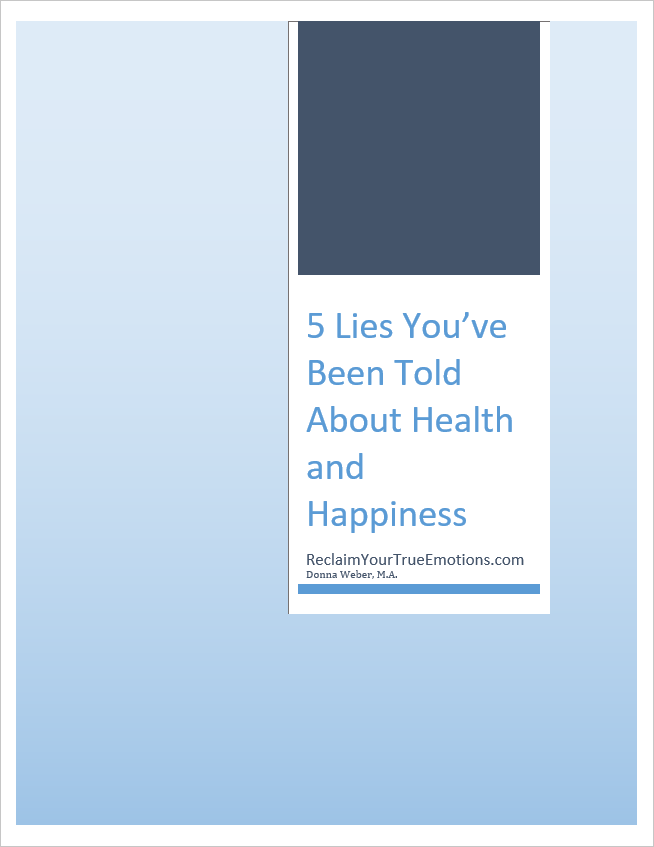Have you ever wondered if we all experience emotions in the same way? We all know what anger feels like, but does your friend who holds in his anger feel the same way as your friend who bites your head off over the littlest thing?
Well, researchers are beginning to answer these questions by mapping our emotions on our bodies. Read on to find out what scientists in Finland discovered. You will learn how the study was conducted and even get to try it out for yourself.
How they did the study
The scientists wanted to discover if we all experience the same bodily sensations when we feel an emotion. No one was sure if this was consistent or unique to each person.
The study, “Bodily Maps of Emotions,” was published in the Proceedings of the National Academy of Sciences and led by Lauri Nummenmaa. Seven hundred (700) volunteers from Finland, Sweden, and Taiwan were shown a series of body silhouettes and asked to color in the areas of the body stimulated by a series of fourteen emotions. They were also asked to show areas of the body that felt deactivated.
All of the maps were averaged to give a general map for each emotion. The results were surprisingly consistent, even across cultures. There were, of course, individual differences.
Try out the study here. You won’t be a part of the real study, but it is fun and anonymous.
More from the study
In Shots Health News from NPR, Michaeleen Douclef summarized the study for us in her article “Mapping Emotions on the Body: Love Makes Us Feel Warm All Over.”
Here are some additional findings:
- Happiness and love sparked activity across nearly the entire body
- Depression damped feelings in the arms, legs and head
- Fear triggered strong sensations in the chest area
- Anger activated the arms (few emotions did)
The goal of the study was to help psychologists and other mental health professionals diagnose mood disorders. The information people report is part of an automated system. You don’t need to think about how to feel an emotion. You just feel it.
Beyond diagnosis
While it will be useful to use emotional maps of the body to diagnose mood disorders, would it be even more useful to be able to heal unwanted emotional reactions?
According to researcher Candace Pert, we not only feel our emotions in our body, but we store traumatic emotions in our body at the cellular level. Many of these problem emotions were created in childhood. The fears and insecurities of childhood are no longer true for us as adults. These emotions can keep us from realizing our true potential.
Would you like to release these problem emotions? It is possible.
Back to my original question
I asked if two different reactions to anger were experienced the same way. From the results of this research, it is likely that both people feel anger in the same places in the body, but the two people experience anger in different ways. One person feels anger as a slow simmering pot of hot liquid while the other person experiences anger like a volcano that is ready to erupt at any moment.
These differences are created by our past. How did you learn to be angry as a child? How did your family express anger? These questions help us understand our individual differences.
What you can do now
If you are experiencing problem emotions, you can release them. With the poetry of emotion process, you will go beyond the body map and explore your unique expression of your unwanted emotion. You will use metaphors and images to describe your emotion.
Using the 3 step program you can release problem emotions on your own. Explore the free options on the site or try my easy self-paced workbook. This is a fill-in-the-blank system that walks you through the process. It is possible to let go of the past.
To read more…
(Image: Drew @ Flickr http://www.flickr.com/photos/woodrew/125598215/)



